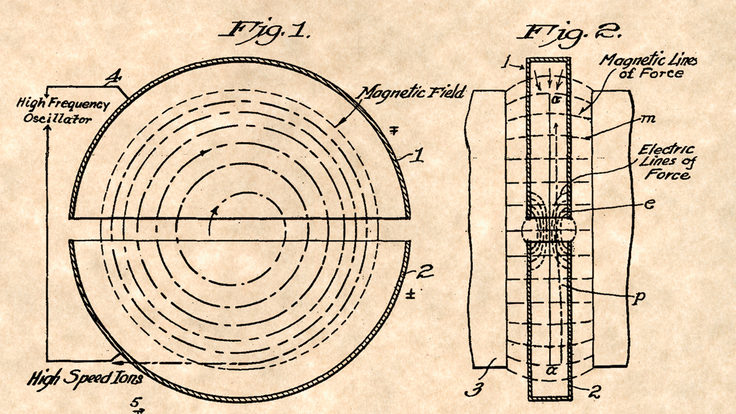We rocketed up and out of the tunnel and into the open air; my fellow traveler and I sailed above Queens, watching as Manhattan grew smaller in the distance. As the train launched us further into the outer limits, we noticed the vast expanse of space above us. Landing at our final destination, we begin our adventure in the cosmos.
Our long ride took us to Flushing Meadows, Queens and home of the New York Hall of Science, built in 1964 as part of the World's Fair.
The place was thriving when we arrived--crawling with kids and adults, and full of stuff to play with and climb on. My companion--who is not a science nerd--unpaid and giving up a Saturday, would serve as my litmus test for the Hall's true entertainment value. We were there for their newest attraction: Rocket Park Mini Golf.
The course sits next to the Hall's Rocket Park, which displays two breathtaking replicas of the Mercury and Gemini space capsules, plus actual Atlas and Titan II rocket boosters. These majestic structures alone got "wows" from Unpaid Companion and made my own heart skip a beat.
We were the only two people without kids dangling off us, and probably the only people taking careful note of the physics placards placed beside all nine holes of the course. The design of the course models a rocket launch--taking golfers on a journey from takeoff, through orbit, to reentry. Some of the holes actually proved too challenging for the six-year-old girls in front of us, but kept the two of us entertained. Around the fifth hole, Unpaid Companion turned to me and said, "I'm actually having a lot of fun right now!"
As for the physics, here are the nine holes we played:
1. Launch Window. Putt yourself into orbit when the moon and other planets are aligned in such a way as to maximize your use of fuel and time. Getting the ball through a little hole that opens for only three seconds at a time stumped the two adults in front of us.
2. Escape Velocity. To get away from Earth's gravitational pull, hit your rocket with just enough force. Too much and it'll shoot into space (and a booming voice over a speaker will announce "Mission Failure!"). Putt it too lightly and it'll fall back down to Earth. A successful launch yields a blast-off sound effect.
3. Zero Gravity. Putt a loop-the-loop around Earth with just enough force and you'll demonstrate how a rocket orbiting around the Earth is still falling, but is going fast enough that it falls around the Earth instead of into it.
4. Earth's Orbit. Choose the best path to orbit around Earth. The right path leads your ball to a large funnel where your rocket goes around and around. At this point in the course, Unpaid Companion and I are tied.
5. Space Docking. Join up with a space station in space; this is another hole emphasizing that timing is everything. Putt carefully into the orbiting rocket ships, but don't miss and shoot off into space! Unpaid Companion flies off into an asteroid and I pull ahead.
6. Space Junk. More than a million pieces of space junk, left over from previous missions and satellites, still orbit the Earth at 20,000 miles per hour. The sign reads, "At that speed, a screwdriver could put a hole in your ship." Unpaid Companion takes a shameful number of strokes to get through the junk.
7. Gravity Whip. Whip around Mars to get to Jupiter. This is one of the holes with really expert construction. With enough of a push straight down the green, the ball takes a curved path all the way around Mars, and is slung back in the other direction. It provided a nice demonstration of the concept, and once again tested the determination of the girls in front of us.
8. Re-entry Angle. Another well-crafted hole that rewards subtlety over strength. Give your rocket enough oomph to get up a slight incline, but just enough that it falls back down to the Earth.
9. Splash Down. Time to come back to Earth, where a rescue boat is waiting for you.
At the end of the day, the space junk hole sealed unpaid companion's fate and I won the game. But we did leave feeling like we'd sailed through the cosmos.
The New York Times ran an article on the golf course, in which the writer did far more preparation than I and brought along two children and an astrophysicist. He concludes that the course did teach the kids a little about physics, and wonders what other kinds of science could be taught through mini golf.







